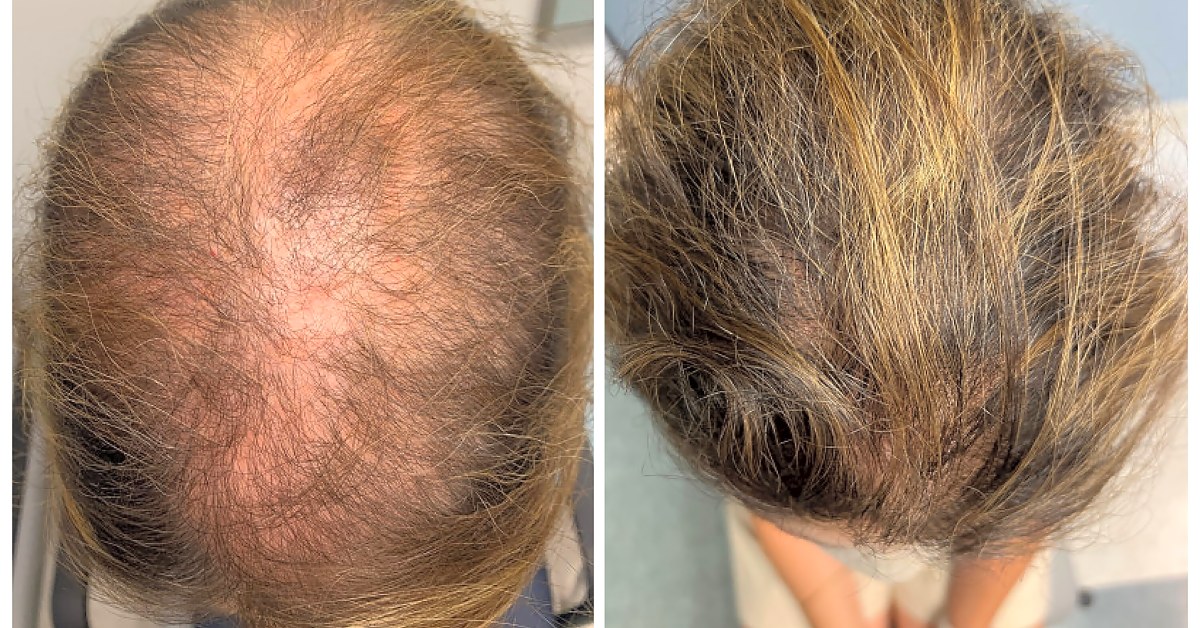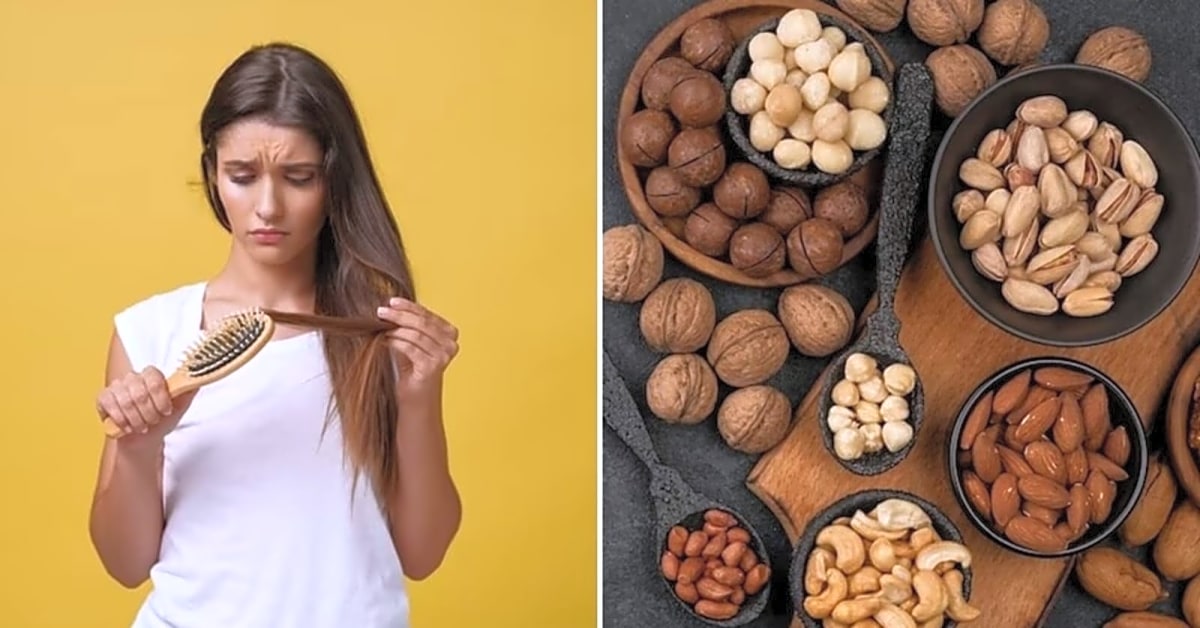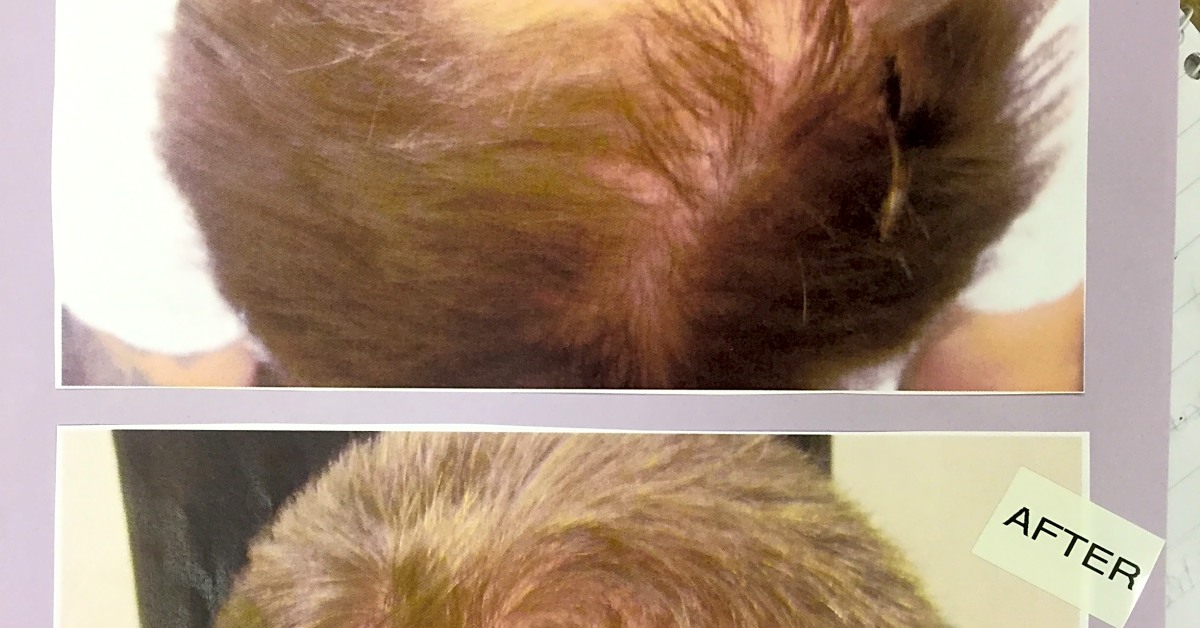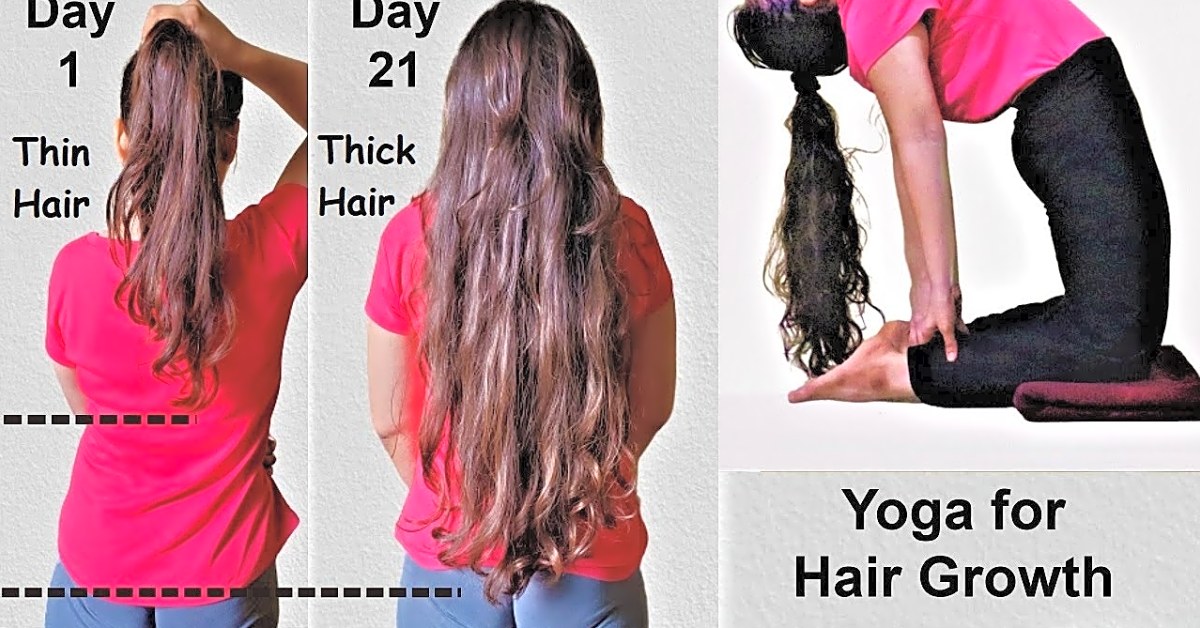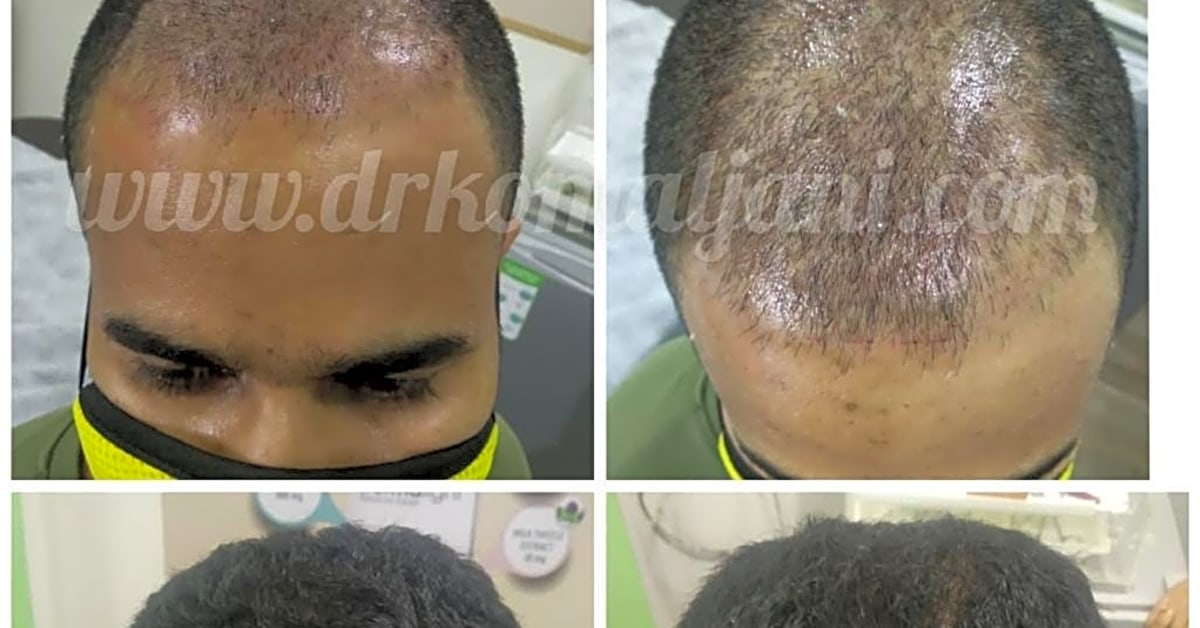Hair loss is a common problem that affects millions of people worldwide. It can be caused by various factors such as genetics, age, hormonal changes, and medical conditions. For many, losing their hair can be a source of insecurity and self-consciousness, impacting their confidence and self-esteem. This is where Minoxidil comes in as the ultimate solution for hair loss. Minoxidil is a medication that has been proven to effectively treat hair loss and promote hair growth. In this article, we will dive into the details of Minoxidil and how it can be the answer to your hair loss woes. So, let’s explore the wonders of Minoxidil and discover how it can help you regain a fuller, thicker head of hair.
Welcome to our comprehensive guide on Minoxidil, the leading solution for hair loss. If you’re one of the many people searching for ways to prevent or slow down hair loss, or looking to regrow your hair, you’ve come to the right place. In this article, we’ll cover everything you need to know about Minoxidil, including its effectiveness, usage, and potential side effects.
Minoxidil is a medication primarily used to treat male pattern baldness and female pattern hair loss. It is also commonly known by its brand name, Rogaine. The medication was originally developed as an oral treatment for high blood pressure but was found to have a side effect of increased hair growth. This led to the development of a topical solution that could be applied directly to the scalp for hair loss treatment.
Minoxidil works by widening blood vessels and increasing blood flow to the hair follicles, which can stimulate hair growth. It can take several months of consistent use to see results, and the medication must be continued to maintain its effects.
While Minoxidil is primarily used for androgenetic alopecia (male or female pattern baldness), it may also be effective for other types of hair loss such as alopecia areata.
Understanding Hair Loss
Before diving into the specifics of Minoxidil, let’s first discuss the causes of hair loss. Understanding why hair loss occurs can help you determine the best course of action for treatment.
Potential Side Effects
While Minoxidil is generally safe for most people, there are some potential side effects to be aware of. These include scalp irritation, dryness, and itching. In rare cases, some individuals may experience more severe side effects such as chest pain or dizziness. If you experience any concerning side effects, stop using Minoxidil and consult with a healthcare professional.
Usage and Effectiveness
Minoxidil is available over-the-counter in both liquid and foam form. The recommended dosage for men is 5% solution, while women are advised to use 2%. It is typically applied twice daily to a clean, dry scalp.
The effectiveness of Minoxidil varies from person to person, with some experiencing significant hair regrowth and others seeing minimal results.
How Minoxidil Works
Minoxidil is a medication that has been widely used for the treatment of hair loss. It is a topical solution that is applied directly to the scalp and works by prolonging the growth phase of the hair follicles. This means that hair follicles will stay in the active growth phase for a longer period of time, resulting in thicker and longer hair.
In addition to prolonging the growth phase, Minoxidil also works by increasing blood flow to the scalp. This increased blood flow delivers essential nutrients and oxygen to the hair follicles, promoting healthier hair growth. This is especially important for those who are experiencing hair loss, as it can help to nourish and strengthen the hair follicles, resulting in fuller and healthier hair.
Different Types of Hair Loss Treatments
Hair loss is a common problem that affects millions of people worldwide. It can be caused by a variety of factors, such as genetics, hormonal changes, and certain medical conditions. Fortunately, there are many treatments available to help combat hair loss and promote hair growth.
One of the most popular and effective treatments for hair loss is Minoxidil. However, there are also other options that you may come across in your search for a solution to your hair loss woes. Let’s take a closer look at some of these treatments.
Medications
There are several medications that can be used to treat hair loss. These include Finasteride, which is taken orally, and Dutasteride, which is available as a topical solution. These medications work by blocking the production of DHT, a hormone that can contribute to hair loss.
Topical Solutions
In addition to Minoxidil, there are other topical solutions that can be applied directly to the scalp to stimulate hair growth. These include products containing ketoconazole and saw palmetto, which are known for their ability to block DHT and promote hair growth.
Hair Transplants
Hair transplant procedures involve taking hair follicles from one part of the scalp and transplanting them to areas where hair is thinning or balding. This can be an effective option for those with advanced hair loss.
It’s important to consult with a medical professional before deciding on a specific treatment for your hair loss. They can assess your individual situation and recommend the best course of action.
Minoxidil has been a game-changer for many individuals struggling with hair loss. Its ability to slow down or even reverse the process of balding has made it a popular choice among both men and women. However, it’s important to keep in mind that results may vary, and it must be used consistently to maintain its effects. If you’re considering using Minoxidil, be sure to consult with a healthcare professional first to determine if it’s the right option for you.

